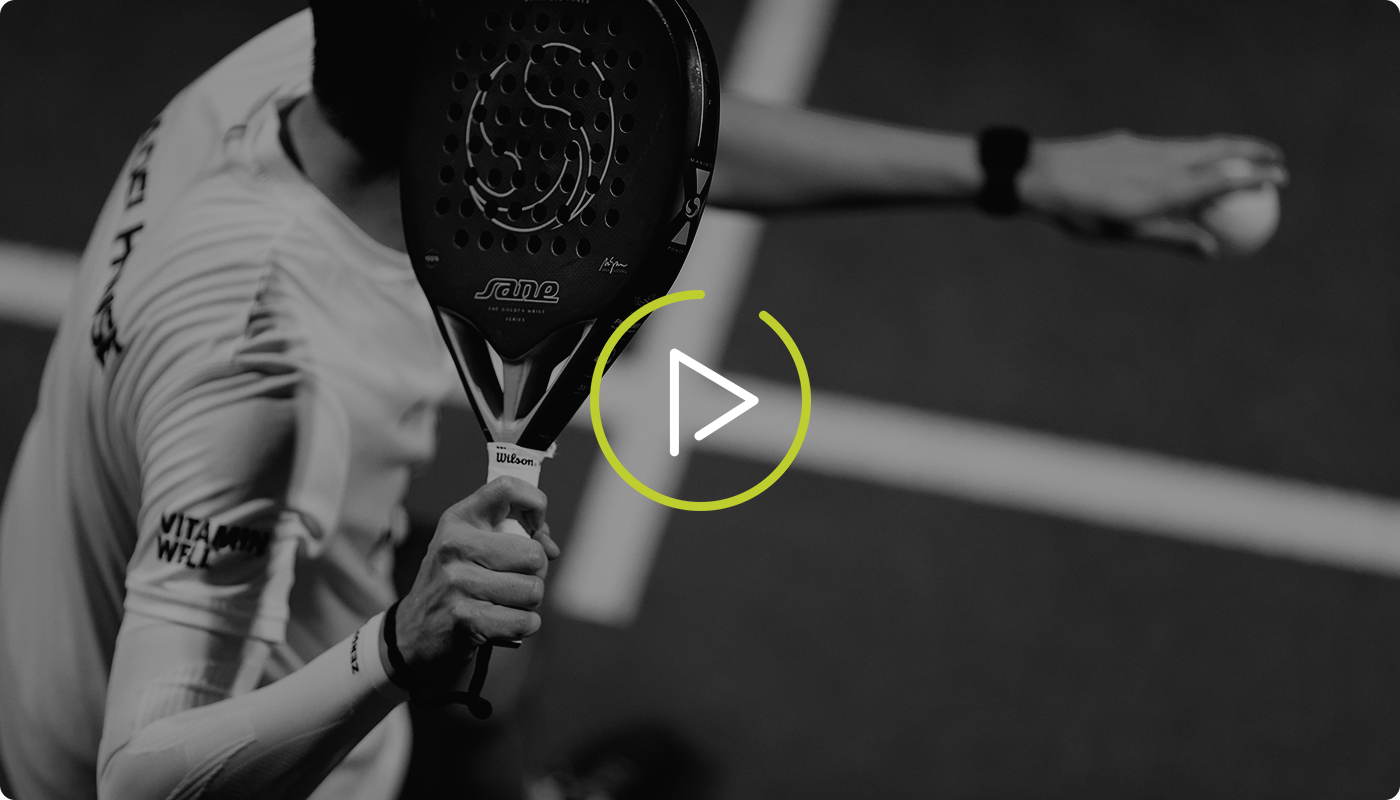About Us
MH Padel was created by Matīss Lībietis and Howard Bilton. The vision was to introduce this cutting-edge sport to Latvia and the Baltic region by creating the best padel facility, both locally and internationally. MH Padel builds padel courts approved for play at the highest international level.
We believe in constantly investing in the best environment and equipment to ensure the greatest possible experience for our clients; high ceilings, an air purification plant, and high-standard lighting that is specially designed for optimum light distribution and minimum glare.
Our padel facility has internationally certified coaches who always provide our clients with helpful assistance and knowledge, and organize events, activities, and tournaments.
This is our first facility in Riga, Latvia, and we are planning to expand to bring this internationally fast-growing sport to Latvia.
We hope that you will enjoy your experience at MH Padel!
How to Play Padel
Padel is a racket sport that can be regarded as a mixture of tennis and squash.
Padel is played on a 10×20 meter court that is divided with a net, similar to tennis – just smaller. However, it also has similarities to squash, for walls are also being used in this game; a 2,5-meter high wall runs around the court, and above that is a further 1-meter high wire mesh.
Padel Rules
Padel is one of the world's fastest-growing sports. It is easy to learn and fun to play.
The rules were established in the early 1970s and the International Padel Federation was set up in 1991. The first world championship was held in 1992, and since then Padel has grown into a popular recreational and professional game worldwide; so much so, that it has become Spain’s second most popular game after football.
Balls
Padel balls are similar to tennis balls.
however, they differ slightly in size and have different internal pressures. Padel balls have 11psi of pressure, versus the 14psi for Tennis Balls. They are made from the same materials and by the same manufacturers, but the pressure is lower, causing less of a bounce.
The Walls
The glass walls are always a part of the game, but there are some rules for how they can be used.
When receiving a ball, you can let it bounce up onto the glass wall after it has bounced on the ground, the ball is then still in play. You can also use your own glass wall to hit the ball back, it can be useful if you are in a tight situation.






















